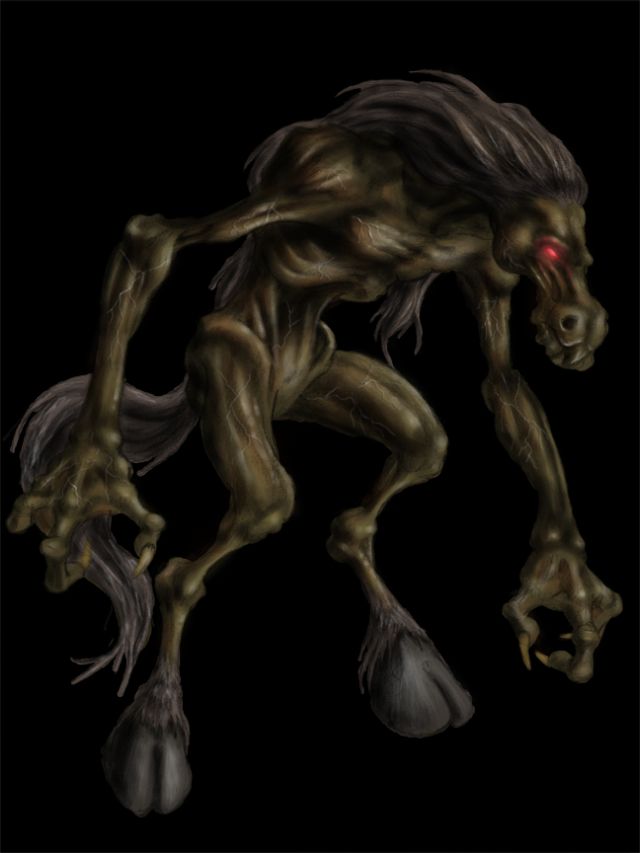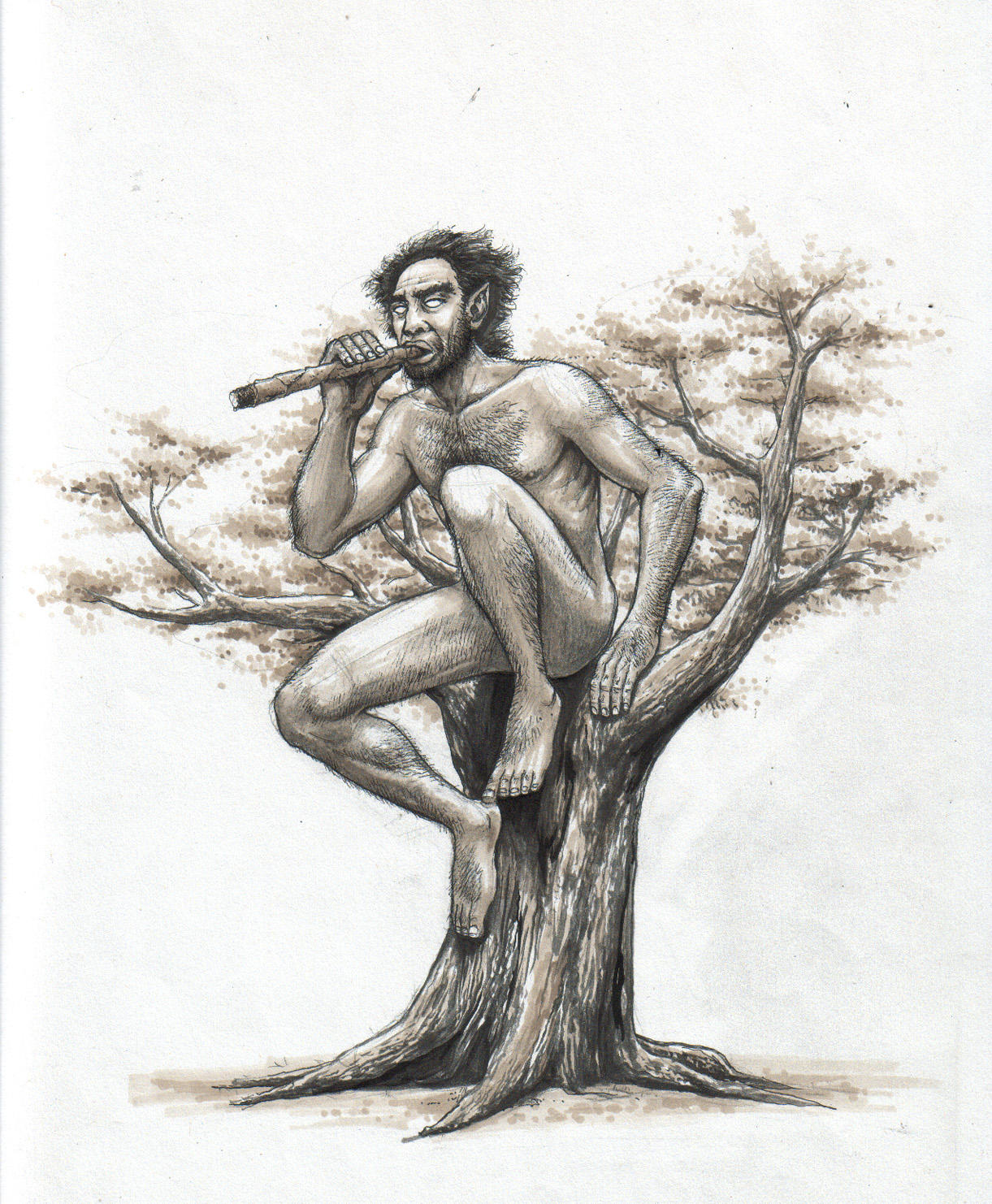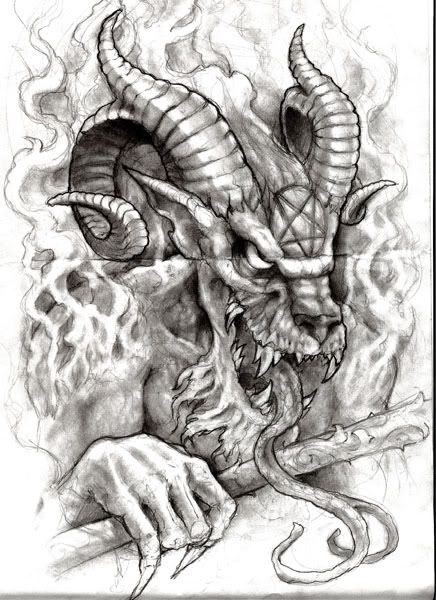Tikbalangs are said to scare travelers and lead them astray. Tikbalangs play tricks on travelers such that they keep on returning to an arbitrary path no matter how far he goes or where he turns. Supposedly this is counteracted by wearing one's shirt inside out.Another countermeasure is to ask permission out loud to pass by or, not to produce too much noise while in the woods in order not to offend or disturb the tikbalang.
A superstition popular with the Tagalog of Rizal Province is that Tikbalangs are benevolent guardians of elemental kingdoms. They are usually found standing at the foot of large trees looking around for anyone who dare to bestow malignancy on their kingdom's territory.
A common saying has it that rain from a clear sky means "may kinakasal na tikbalang."(Filipino, "a tikbalang is getting married".) This was potentially connected with a similarSpanish proverb that claimed a witch was getting married when there was rain on a sunny day (although many cultures have such sayings in which a trickster figure gets married (cp. fox's wedding, bear's wedding, monkey's birthday).
According to traditional folklore, the tikbalang can also transform itself into human form or turn invisible to humans. They like to lead travelers astray.
Tikbalang are generally associated with dark, sparsely populated, foliage-overgrown areas, with legends variously identifying their abode as being beneath bridges, in Bamboo or Banana groves, and atop Kalumpang (Sterculia foetida) or Balite (Ficus indica) trees.




